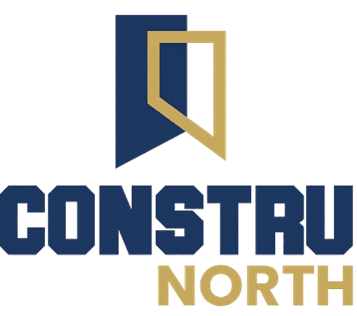What are the latest sustainable design and construction practices?
As sustainability continues to be a top priority for businesses and individuals alike, the design and construction industry has been adapting to meet these demands. Embracing sustainable practices not only helps reduce the environmental impact of buildings, but also improves the overall quality and longevity of structures. In this blog post, we will explore some of the latest sustainable design and construction practices that are shaping the future of the industry.
1. Passive Design
Passive design is a key strategy in sustainable construction. It focuses on maximizing natural resources such as sunlight, air flow, and thermal mass to reduce the need for artificial heating, cooling, and lighting. By incorporating features such as large windows, shading devices, and proper insulation, buildings can significantly reduce their energy consumption. Passive design also enhances occupant comfort and well-being.

2. Green Materials
The use of eco-friendly materials is another important aspect of sustainable design and construction. Traditional construction materials, such as concrete and steel, have a significant carbon footprint. However, there is a growing trend towards using recycled and renewable materials, such as reclaimed wood, bamboo, and recycled metal. These materials not only reduce waste but also contribute to healthier indoor air quality.

3. Energy-Efficient Systems
Advancements in technology have led to the development of highly efficient heating, ventilation, and air conditioning (HVAC) systems. These systems utilize energy-saving features like smart thermostats, variable speed motors, and heat recovery ventilation. Additionally, integrating renewable energy sources such as solar panels or geothermal systems can further reduce a building's reliance on fossil fuels.

4. Water Conservation
Water scarcity is a growing concern, making water conservation a critical aspect of sustainable design. Implementing low-flow fixtures, rainwater harvesting systems, and graywater recycling can significantly reduce water consumption in buildings. Additionally, designing landscapes with native plants and efficient irrigation systems can minimize the need for excessive watering.

5. Green Roofs and Walls
Green roofs and walls are becoming increasingly popular in sustainable design. These features provide numerous benefits, including improved insulation, reduced stormwater runoff, and enhanced biodiversity. Green roofs and walls also help mitigate the urban heat island effect, improve air quality, and create pleasant outdoor spaces for building occupants.

6. Life-Cycle Assessment
Life-cycle assessment (LCA) is a method used to evaluate the environmental impact of a building throughout its entire lifespan, from construction to demolition. By considering factors such as material sourcing, energy consumption, and waste generation, designers can make informed decisions to minimize a building's overall environmental footprint. LCA also helps identify opportunities for improvement and optimization.

7. Smart Building Technologies
Smart building technologies play a crucial role in sustainable design and construction. These technologies utilize sensors, automation, and data analytics to optimize energy use, improve occupant comfort, and enhance operational efficiency. Examples include smart lighting systems, occupancy sensors, and building energy management systems. By monitoring and adjusting energy consumption in real-time, buildings can achieve significant energy savings.

8. Collaborative Design Processes
Collaboration among architects, engineers, contractors, and other stakeholders is essential for successful sustainable design and construction. By involving all parties from the early stages of a project, decisions can be made collectively to integrate sustainable practices seamlessly. This collaborative approach fosters innovation, ensures the implementation of best practices, and leads to more sustainable outcomes.

These are just a few examples of the latest sustainable design and construction practices. As the industry continues to evolve, it is important for professionals to stay informed and embrace these innovative approaches. By prioritizing sustainability, we can create buildings that not only meet the needs of the present but also safeguard the future for generations to come.
